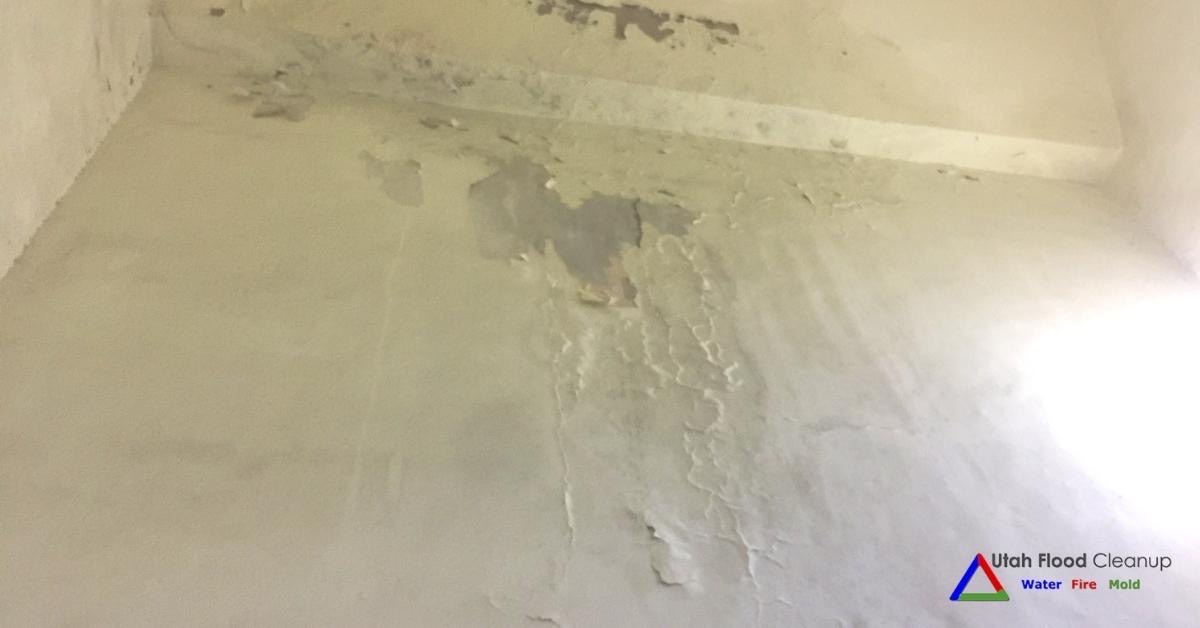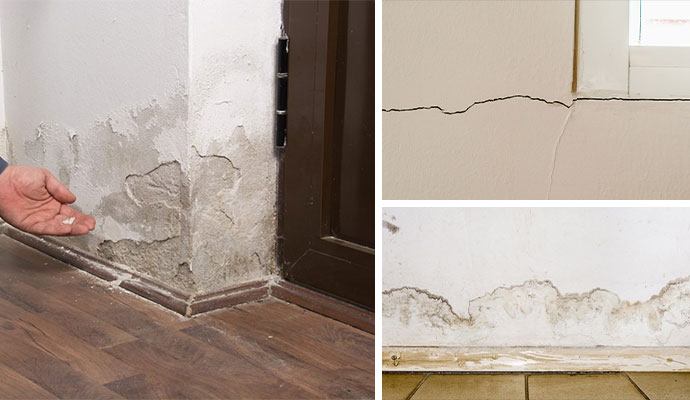Do you find yourself searching for help on How to Find and Repair Water Leaking in the Wall?

Water spots on wall surfaces are not pleasant to the eyes. Your house needs to be without spots on the wall surfaces, roofing, or floorings. That is the ideal state of a home and also its structures. Yet, often it appears almost inevitable to experience water spots on walls in residences.
Home owners living in damp regions constantly deal with the anxiety of water discolorations on wall surfaces. With all-around and accurate information on the causes of water discolorations as well as timely repair procedures, you will certainly always be a step in advance of such events.
3 Typical Causes of Water Discolorations on Wall Surfaces
As opposed to popular belief, water discolorations on wall surfaces do not always stem from poor structure materials. There are numerous reasons for water stains on wall surfaces. These include:
Poor Drainage
This will prevent water from permeating into the wall surfaces. This web links to extreme wetness that you discover on the walls of your structure.
So, the leading root cause of wet walls, in this instance, can be a bad drain system. It can also result from poor monitoring of sewage pipes that go through the building.
Damp
When warm moist air consults with dry cool air, it triggers water beads to base on the walls of structures. When there is steam from food preparation or showers, this happens in kitchens as well as washrooms. The water beads can discolor the bordering walls in these parts of your house and also spread to various other locations.
Damp or condensation impacts the roof covering and walls of structures. This creates them to appear darker than other locations of the residence. When the wall is wet, it produces an ideal environment for the growth of fungi as well as germs. These might have adverse effects on health and wellness, such as allergic reactions and also respiratory disorders.
Pipe Leaks
Many houses have a network of water pipes within the wall surfaces. This makes sure that the pipelines are faraway from the reach of harmful rats. It constantly boosts the stability of such pipelines, as there is little oxygen within the wall surfaces. This discourages rust.
Yet, a drawback to this is that water leak influences the wall surfaces of the structure and also creates prevalent damages. A dead giveaway of damaged pipelines is the look of a water discolor on the wall.
Water Spots on Wall: Repair Tips
Homeowners would generally desire a quick fix when managing water discolorations. Yet, they would certainly quickly realize this is counterproductive as the water discolorations persist. So, right here are a few helpful pointers that will certainly direct you in the repair of water discolorations on wall surfaces:
Pro Pointer
A houseplant in your home additionally boosts its humidity. So, if your home is already moist, you may intend to introduce houseplants with marginal transpiration. An example of ideal houseplants is succulents.
Final thought
Although no person wishes to have water discolorations on walls in their house, it can take place to the most effective of us. This article provides you leverage, as you currently recognize how to manage this mishap if it does happen.
It is constantly best to recruit expert solutions to help take care of the problems in your home.
Often it seems practically unpreventable to experience water stains on walls in residences.
Contrary to prominent idea, water discolorations on walls do not constantly stem from inadequate building materials. There are a number of reasons of water stains on walls. The water beads can tarnish the surrounding walls in these components of your residence as well as spread to various other areas.
Right here are a couple of handy suggestions that will assist you in the fixing of water stains on walls:
CHECKING FOR WATER DAMAGE
Water damage can be costly, and it may begin before you even notice the first signs of trouble. Water damage can cause mold and mildew in your walls and floors, which can create an abundance of health concerns for your family. It can also lead to costly repairs of various appliances and general home fixtures. To avoid the pricey consequences of water damage, here are Warner Service s top 5 places you should check:
The walls The easiest place to spot the beginnings of water damage is on the walls and ceilings of your home. If water damage is present, there will most likely be water stains, especially around the windows and doorframes, and/or cracks in the drywall. If a stain looks unusual (discolored to brown, black or gray, raised texture), has a swollen appearance or is soft to the touch, contact a professional immediately. The pipes To avoid water damage, consistently check the pipes in your kitchen (especially the dishwasher and ice maker), bathrooms, laundry room (specifically washing machines) and basement for corrosion, leaks and water stains. Pay special attention to where the pipes connect in your home and the location of caulking around the bathroom fixtures, including toilets, sinks, showers and tubs. Missing or loose caulking and grout could be signs of leaking water. This seepage can also quickly cause mold and rust, so double check your water heater and tank for wet spots on the floor. The floor Water damage is very easy to spot on the floor. Look for any warping or buckling of the material, especially in the basement. If your home has wood flooring, look for bright white or dark stains. If your home has carpeting, keep it dry and clean. A damp carpet that smells of mold could cause water damage and health problems. To avoid this, consider installing floor pans under your appliances to help prevent damages from small, slow and undetected leaks. The basement and attic If your basement or attic smells odd check for mold and mildew around the area, especially the valley where the roof meets. While you are inspecting those areas, check for wall cracks, floor stains, rust and dampness in the insulation. If you live in a colder and/or rainier climate, perform routine checks for water damage from melting snow or ice and rain. The exterior Check the roof for damaged flashing and missing, cracked or curled shingles. There should also be no standing water anywhere outside your home. This could be caused by puddles, leaky rain gutters or hoses, poor drainage, or short gutter spouts. Invest in a sump pump system or water flow monitoring system, and perform routine maintenance on these outdoor appliances to avoid indoor water damage.

Do you enjoy reading about ? Leave feedback directly below. We will be glad to know your views about this write-up. In hopes that you come back again soon. Do you know another individual who is interested by the subject? Take a moment to promote it. We truly appreciate reading our article about How to Remove Water Stains from Walls and Ceilings.
Click Here To Find Out More